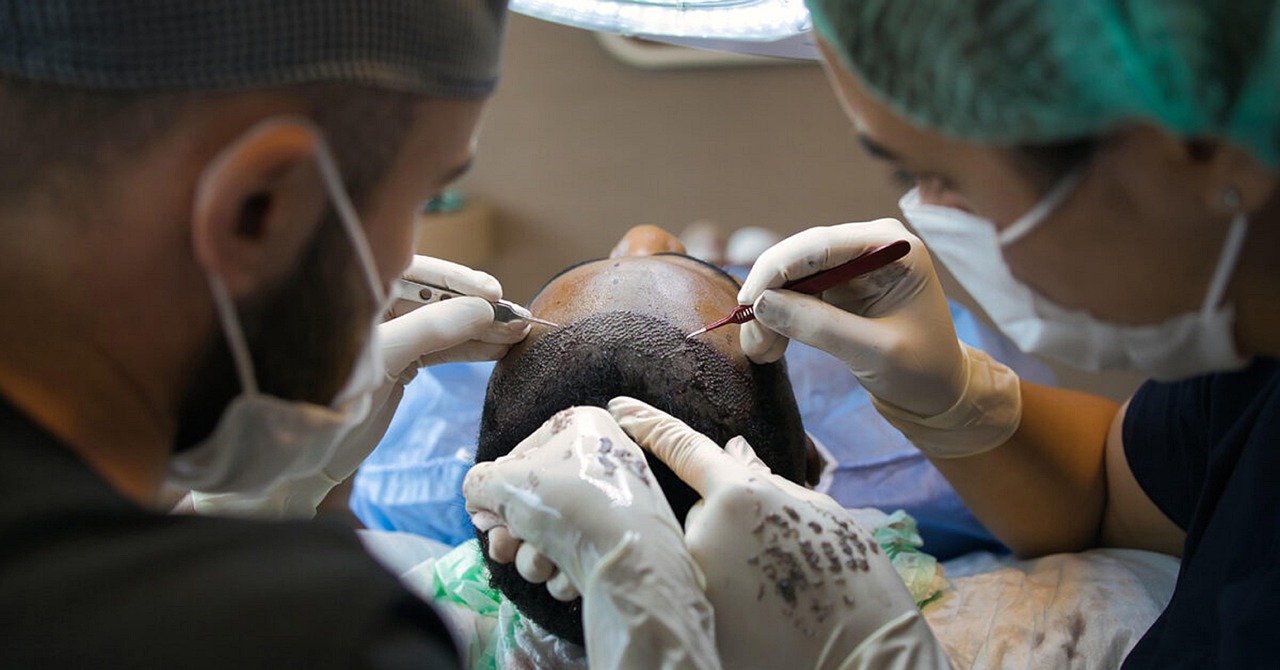The Science and Success Behind Hair Transplants
Hair transplant surgery has been around longer than most people realize. The first successful transplant was performed by a Japanese dermatologist named Dr. Okuda in the late 1930s. He published a study detailing a method of using small grafts - similar to the way hair transplantation is performed today - to restore hair to areas of the scalp that had suffered from burn injuries. However, his work was largely ignored until it was rediscovered in the 1950s.

Since then, the techniques and technology used in hair transplantation have evolved significantly. Surgeons have moved away from the use of larger grafts - which often resulted in the “plug” look - to the use of mini and micrografts. Modern-day hair transplantation involves taking a strip of hair from the back of the head (the donor area), removing the follicular units, and then transplanting these units into the balding areas of the scalp.
Hair Transplants in Today’s World
In the 21st century, hair transplantation is a common procedure, with over 600,000 operations conducted annually worldwide. Its popularity is attributed to the advancements in technology and increased societal acceptance. The procedure is increasingly becoming less invasive, more efficient, and more effective.
There are two primary methods of hair transplantation: Follicular Unit Transplantation (FUT) and Follicular Unit Extraction (FUE). FUT involves removing a strip of scalp from the back of the head and dividing it into individual follicular units. These units are then transplanted into the balding areas. On the other hand, FUE involves the direct extraction of individual follicles from the back of the head, which are then implanted into the balding areas.
Although FUE is more time-consuming and costly, it leaves less noticeable scarring and has a quicker recovery period, making it the more popular option in recent years.
The Impact and Success of Hair Transplants
For many individuals, hair loss can lead to a significant decrease in self-esteem and confidence. Hair transplantation has shown to have a positive impact on these individuals by restoring their hair and, in turn, their self-confidence. Studies have shown that patients who have undergone hair transplantation have reported an improvement in their self-esteem and overall quality of life.
The success rate of hair transplants is also quite impressive. According to the American Society of Plastic Surgeons, the success rate of hair follicles growing back in the transplanted area is between 10% and 80%. However, it’s important to note that not everyone is a suitable candidate for hair transplantation. The success depends largely on the quality of the existing donor hair and the patient’s overall health.
The Reception and Trends in Hair Transplants
Hair transplantation has generally been well-received, with satisfaction rates among patients being quite high. However, like any medical procedure, it has its critics. Some argue that it promotes an unrealistic standard of beauty and puts pressure on individuals to conform to societal norms.
Nonetheless, the trend towards hair transplantation continues to grow, particularly among men experiencing male pattern baldness. In fact, according to a report by Grand View Research, the global hair transplant market size was valued at USD 5.9 billion in 2018 and is expected to grow at a compound annual growth rate (CAGR) of 23.6% from 2019 to 2025.
Unique Insights into Hair Transplants
While hair transplantation is widely recognized for treating baldness, it’s not widely covered that it can also be used to restore hair in other areas, such as the eyebrows, eyelashes, and beard. Furthermore, it can be used to hide scars or to create a more feminine hairline in transgender patients.
Hair transplantation is more than just a cosmetic procedure; it’s a testament to the incredible advancements in medical technology and our understanding of hair growth. With ongoing research in stem cells and cloning, it’s likely that we’ll continue to see improvements in this field.
In conclusion, hair transplantation has come a long way since its inception. The science behind it is fascinating, and its success is undeniable. It’s a procedure that has the potential to not only restore hair but also to enhance an individual’s self-esteem and overall quality of life.





